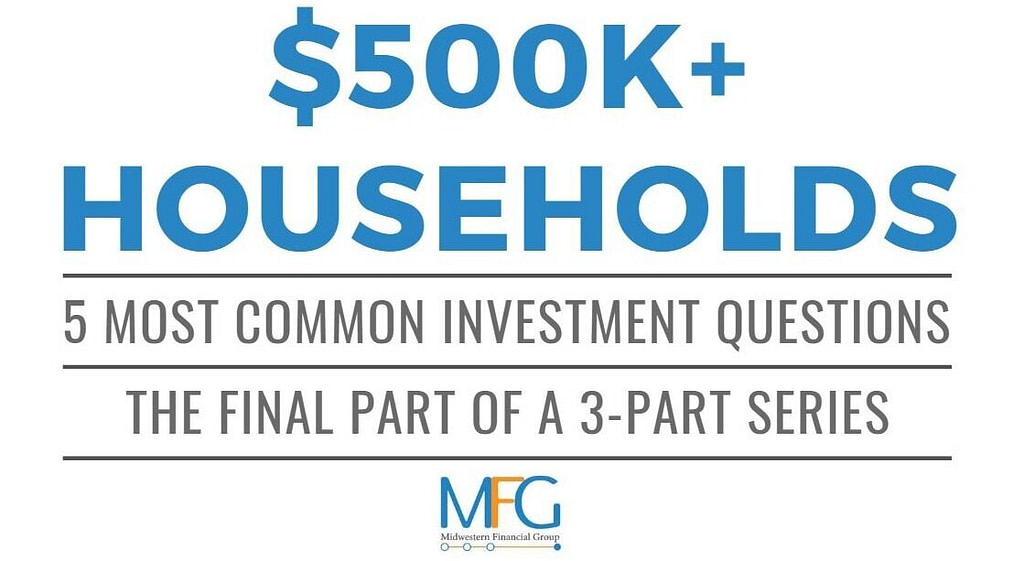
Saturday night, after a nice dinner with my parents, my wife and I took our dog for a walk around our neighborhood. During dinner my parents laughed about their experience watching people playing Pokemon Go and I decided I needed to give it a try. FOMO (fear of missing out) had set in and the only way I could have an opinion was to play it.
After my adventure I concluded that whether Pokemon continues to be a huge success or a short-term fad, augmented reality is here to stay. As I watched the British Open on Sunday I asked myself: what if through the camera on my phone I could play putt-putt golf in my own backyard? The possibilities are endless and as the bridge of augmented reality connects virtual reality, the world will forever change.
As for Nintendo, their stock price has benefited from the Pokemon craze. On June 15, Nintendo shares traded for 15,055.00 yen in Japan and a month later shares are worth 27,780.00 yen, an 84.5 percent one-month return.
DRIVERS OF NINTENDO’S SHARE RISE
Much can be attributed to FOMO among speculators and retail investors. Last fall, Niantic, the developer of Pokemon Go announced they were creating the game in conjunction with the Pokemon Company and Nintendo, so some level of success was already priced in the stock. In fact on August 14, 2015 Nintendo shares reached 24,025; thus today, the price is only 15.6 percent higher. Often retail investors will get caught up in momentum trades and sometimes will be left holding the bag as professional traders exit their positions. Yahoo! Finance reported that searches for “Nintendo” are surging on Robinhood, a mobile stock-trading app aimed at millennials.
Nintendo’s stock has also risen for fundamental reasons. Although Nintendo only owns roughly 13 percent of Pokemon Go, according to Macquarie Research analyst David Gibson, revenue per user is about $0.25 per day with over 25 million playing it daily, per research from Survey Monkey. In another report, published by SensorTower, Pokemon Go players were spending more time on the app than Facebook. Profits from the games may be muted for Nintendo, but the Pokemon Company owns the publishing rights to the game and Nintendo owns 32 percent of that.
Lastly, expectations for future revenue streams have soared. Already speculators are anticipating the same success for augmented reality games featuring Mario and Zelda. Using unit sales, Mario is a larger franchise than Pokemon, but Zelda is much smaller than both. Sustained business success would have to come from new games and franchises, and that is a hard business. King Digital, the creator of Candy Crush Saga brought $7 billion of stock public in 2014 at $22.50 per share and only two years later was purchased by Activision Blizzard for $18 per share. In 2014, shares of King Digital went as low as $11.35.
OTHER COMPANIES BENEFITING FROM THE CRAZE
Alphabet, parent of Google, is an obvious beneficiary. Niantic Labs, the developer of Pokemon Go, was spun out from Google in September 2015 to be an independent company, which allowed them to partner with companies outside of Google’s influence. Soon after their spinoff, Google, Nintendo and the Pokemon Company invested $30 million in Niantic to support their products, including Pokemon Go. In addition to their unknown ownership of Niantic, Pokemon Go uses Google Maps technology and requires users to login through a Google account.
In addition to Alphabet, wireless providers Verizon, AT&T and others may benefit from the development of augmented reality gaming. Pokemon Go users are not at home connected to wifi networks, instead they are outside, walking around, using data to power the maps technology in order to add Pokemon to their Pokedex. There is no way getting around the use of wireless data and Pokemon Go rewards players for the more they walk.

Courtesy of Yahoo! Finance



